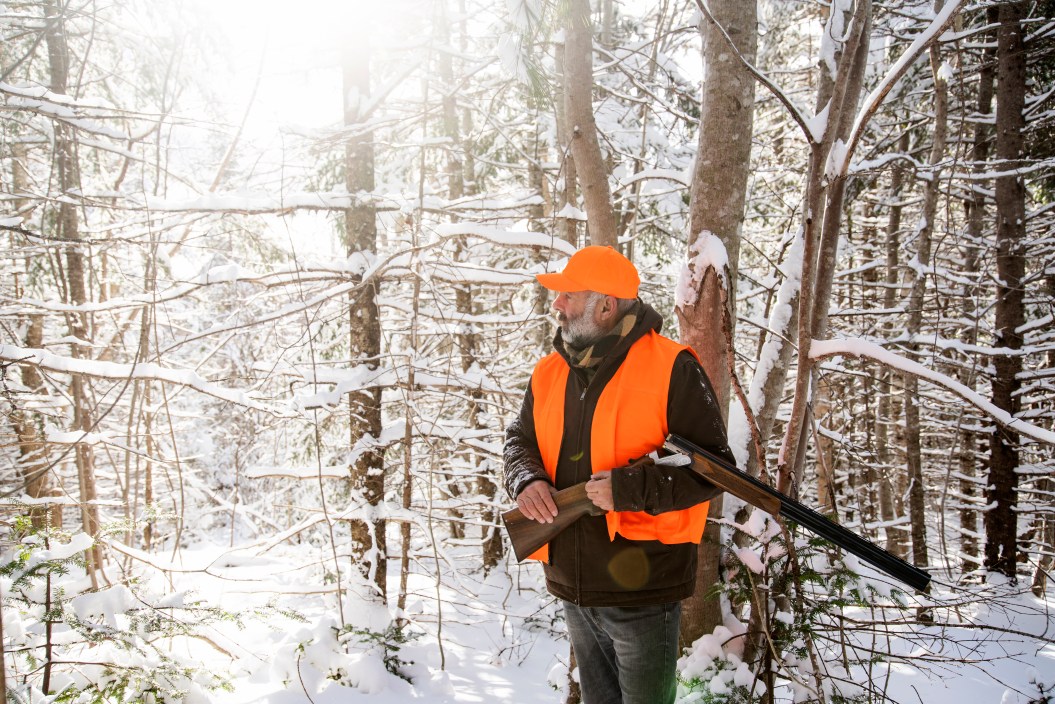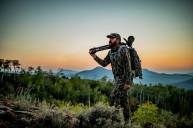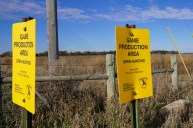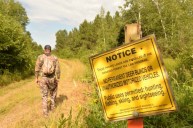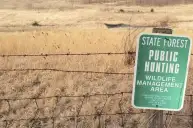We all know the feeling: You pull up to a public hunting area before first light filled with excitement, only to have it replaced by a pit in your stomach at the full parking lot. Hunting crowded and highly pressured areas isn't ideal. We all like our privacy while hunting, and of course, safety becomes an issue when you're hunting public lands around others.
And yet I cannot recommend hunting public land enough. Many of our public lands, especially in states like Alaska, Colorado, Montana, and Idaho, are absolute treasures for hunters and anglers, and the fact that they are open to public use for free is a great thing about America. The camaraderie of joining other like-minded hunters is incomparable, and public lands can bring serious success.
While we all would like to have the woods to ourselves, not only is this just plain unrealistic, but there are benefits to other hunters moving around in the woods, especially while deer hunting; The patience of those who wait on stand can often be rewarded by deer and other game passing by as they are "pushed" by hunters around you.
But before you go hunting on public land this season, make sure you have a good safety plan. Alongside tips on how to hunt public lands more effectively, these safety tips will allow any hunter to enjoy public lands and go bag a serious trophy.
1. Wear Extra Blaze Orange and Identify Yourself to Others
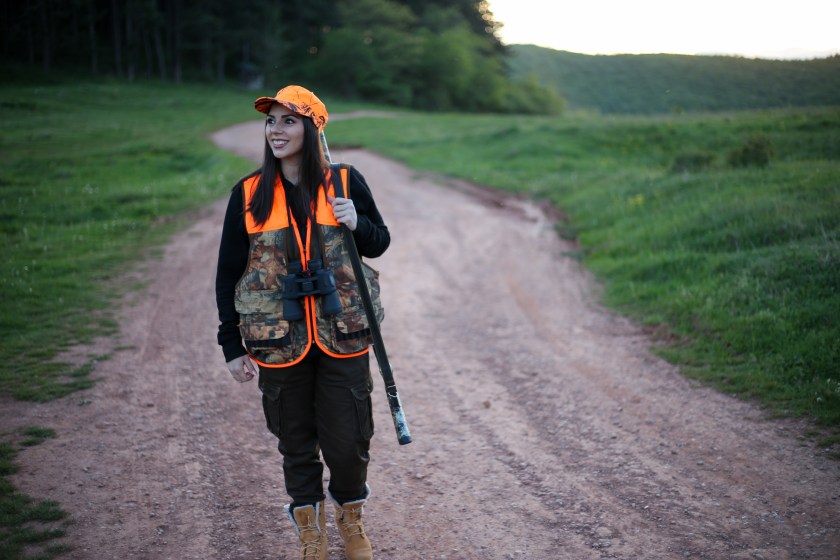
Getty Images, NSimages
Vigilance may be the number one hunting safety rule for using public lands. And especially when hunting around others you don't know, wearing safe hunting clothing should be a priority. Virtually all public lands around the nation require the use of safety colors such as blaze orange or blaze pink. In many cases, these colors are optional or are only required for a certain percentage of your body. Wearing more than the recommended amount of safety colors is simple. Head-to-toe blaze orange hunting gear, including a hat, will make you much easier to identify for other hunters.
Be ready to identify yourself out loud to another hunter who may not be aware of your presence. Be aware that someone else may have reached a spot before you, and you should be on the lookout always for other hunters. And be sure to brush up on your game animal identification fundamentals before you head out. It's your responsibility to carefully identify any animal you're looking at before you pull the trigger.
2. Hunt With Others and Bring a Phone
Hunting solo on public hunting lands is not inherently unsafe, but there is safety in numbers. We often hunt ducks or upland game birds like pheasants and turkeys together—so why not deer?
Today, we have access to one of the best hunting safety features any of us have ever used: our cell phone. Make sure to have a full charge, know your buddy's number, and if you have doubts, make the call. (Remember, too, that a good GPS device can help you get a call out if you're out of cell phone service range.)
It's important, too, if you are out alone, to be able to contact someone who can help in case of an emergency. Don't be afraid to give your phone number to a stranger or ask for theirs. Being a friendly and sociable hunter isn't just a kind thing to do—this kind of information sharing can be the difference between an injury with little chance for a fast resolution, and an easy rescue.
3. Don't Confront Anyone
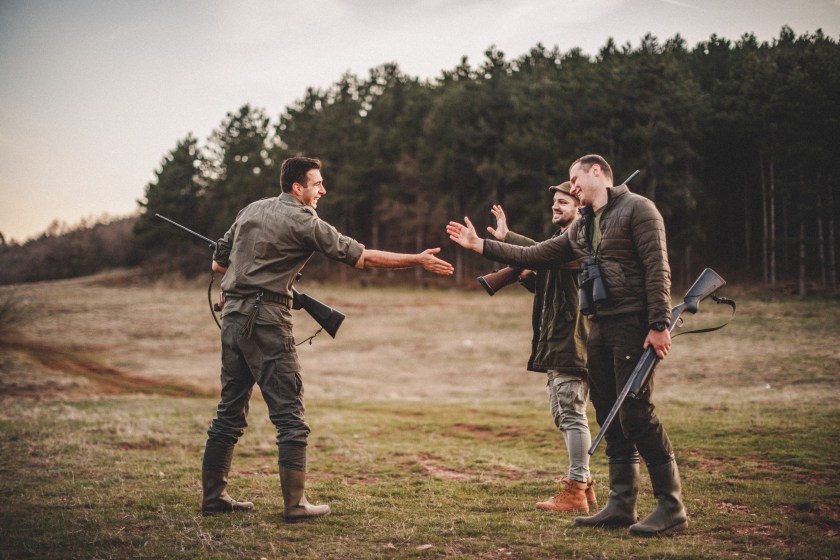
Getty Images, Stefa Nikolic
We've all heard about issues in the woods on public lands with strangers. Hunter harassment is never OK. Sadly, these types of disputes get all of the attention while we speak little of the fellow or gal who was gracious, courteous, and very helpful.
One of the easiest things to do before you head out onto your favorite public hunting area is to brush up on all of its rules and regulations, especially since they can change from year to year. This can save you a lot of headaches in the field. If you've ever run into someone that feels like they know all of the regulations better than everyone else, be patient and listen, because they probably do.
Be open to changing your plans. You are sharing the land with others, and that involves cooperation. Hunting management land is knowing when to give in a little, especially if it means avoiding a disagreement with a stranger.
4. Avoid Peak Hunting Times
It stands to reason that opening day, youth season days, and weekends will garner the heaviest hunting pressure of the season on public lands. If you head out deer hunting during the peak of the rut, chances are you'll be one of many.
If you do want to hunt at these peak times, then a good rule of thumb is to be the first one in and the last one out. This is not to say that you should wait until long after sundown to return—which can be dangerous—just that you can safely see for roughly 30 minutes after the sun goes down and many hunters have made their way out long before that.
Make plans to hunt the weekdays, especially weekday mornings or weekday afternoons, since many hunters prefer to do the same and often walk in after you have set up. Many good deer have been hung on the wall by hunters who were patiently sitting when an animal was pushed past them by another hunter. You can also try late-season muzzleloader or bowhunting season hunts to avoid pressure. Remember, an extra mile hike to get into the interior of a public land are might help you sidestep a crowd, too.
5. Be Certain of Your Target
This is the oldest adage in hunting, and for good reason. There may be no place where being sure of your target and what lies beyond it is more important than when hunting in a game management area, bureau of land management area, or usable state and national parks. It behooves each and every one of us to stay our hand a bit longer while we positively identify a possible game animal. Movement after long waits on stand can really get the heart thumping in our chests, but it is no excuse to touch off the shot immediately. This is how accidents happen. Take your time, shoot carefully, and think about what's behind your target, too.
6. Don't Build Permanent Stands
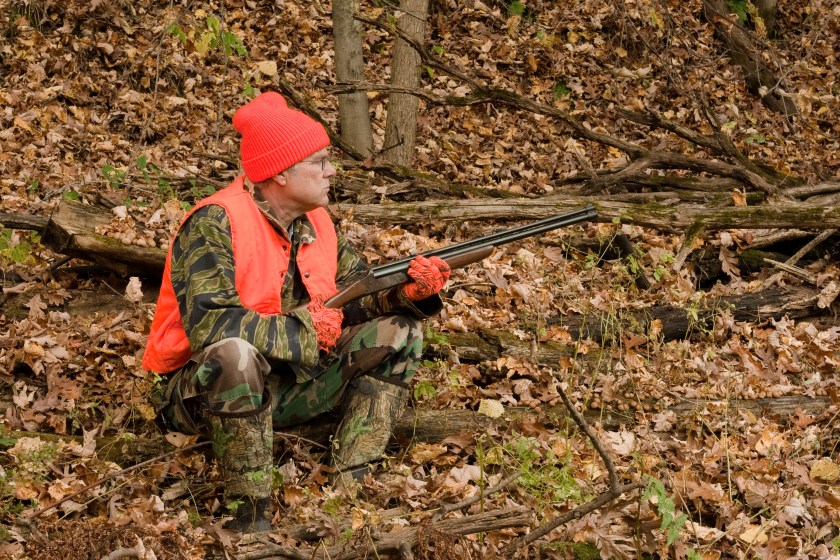
Getty Images, rookman
First off, virtually all public lands have regulations against building permanent stands. Permanent tree stands put nails and screws into trees that belong to the state, and in reality, to you and me.
Not building permanent stands also relates to our previous section on confrontations. It could be contentious to reach a stand you built in a public hunting area, only to find someone else sitting in it. And, because public hunting lands are distinctly first-come, first-serve when it comes to hunting spots, there's nothing you could say to someone to convince them the spot is "yours." It's not.
Instead, your best bet for hunting the trees on public land is to use a portable tree climbing stand or a seat with your back to a tree. Otherwise, try a non-stand technique like still hunting.
7. Know Your Way in, Know Your Way Out
The very first time I used a public hunting area, I got lost, and I'll never forget it. I made my way out, obviously, but it was not a fun experience. This was long before the advent of cellular phone technology and even two-way radios were almost non-existent in the field. Nowadays, a full charge on your cell phone will make all of the difference.
But hold on. Some public lands may be so far away from the world that only a satellite phone could help.Maps, GPS monitoring, and personal experience are your best friends now. In truth, the best course of action is to carefully explore the lands first, maybe in the fall for grouse or rabbit hunting with friends. The only good way to learn an unknown area is to get your feet on the ground and walk it a few times. Keep your bearings, bring a compass, and take your time. You should plan your way in and plan your way out, even having a strategy in the event that something prevents you from returning before dark.
READ MORE: The Most Important Safety Tips for Bowhunters To Keep in Mind
